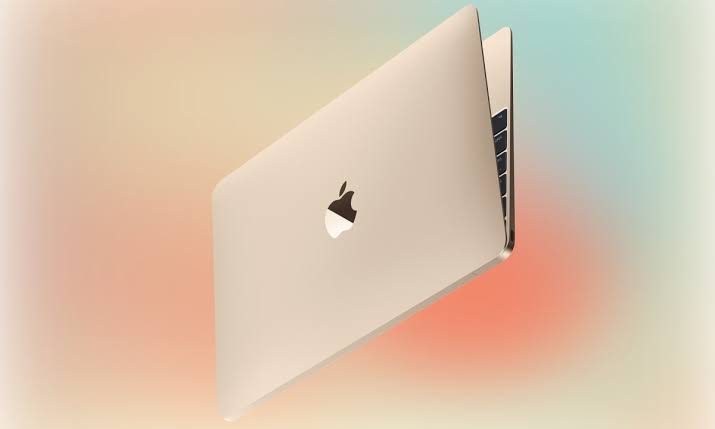Windows 10 Is Dead. R.I.P
R.I.P. Windows 10
Why is this the end?
Microsoft generally supports its Windows operating systems for around a decade. Since Windows 10 came out in 2015, this cutoff was expected. They're now shifting focus entirely toward Windows 11 (the current flagship) and potentially Windows 12. The tech world doesn’t stand still for long.
So what does this mean for Windows 10 users?
No more updates, plain and simple. That means no security patches, no bug fixes, no new features, and no official help if something breaks. Sure, your PC won't combust overnight, but over time, that lack of support will start to show. The real concern is security: unpatched vulnerabilities make your system a soft target for malware and other cyber nasties.
What can you do?
If you're still running Windows 10, you’ve got a few routes to choose from:
Upgrade to Windows 11
(Not recommended) Stick with Windows 10
Extended Security Updates (ESU) Program
Running older hardware that doesn’t support Windows 11?
You're not out of options. Here’s what you could consider:
Upgrade your hardware
Switch to Linux or another alternative OS
Linux might sound intimidating, but there are user-friendly versions designed for beginners. It’s open source, lightweight, and secure, and a solid way to breathe new life into old hardware.
Accept the risks of using an unsupported OS
It's your call. Just be aware: as time goes on, more websites, apps, and platforms may stop supporting Windows 10, and your system could become increasingly isolated and insecure.
The farewell to Windows 10 might feel bittersweet, but it marks a natural evolution in the world of tech. Whether you choose to upgrade, adapt, or take a leap into something entirely new, the key is staying informed and intentional. Clinging to what’s familiar can be tempting, but the digital landscape moves fast, and keeping pace means making choices that keep your systems safe, supported, and ready for what’s next.



Comments